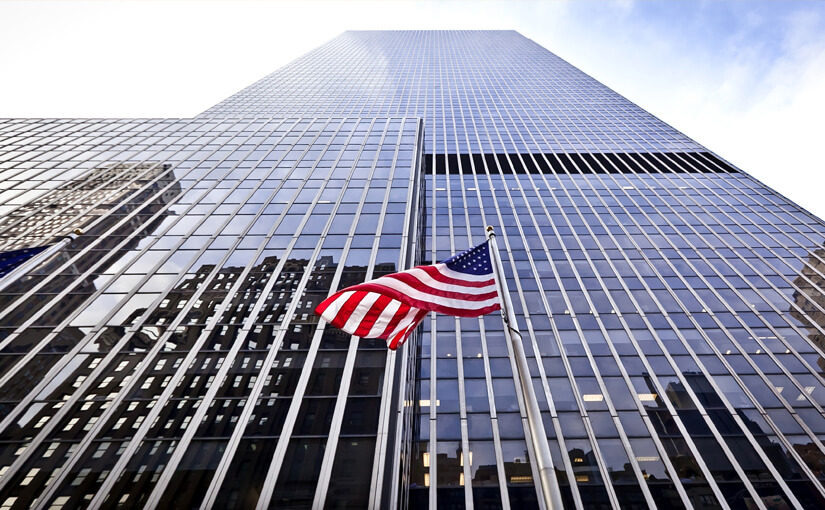Physical Address
304 North Cardinal St.
Dorchester Center, MA 02124
Physical Address
304 North Cardinal St.
Dorchester Center, MA 02124

Contents
The economic system in the United States is a mixed economy that combines elements of both capitalism and socialism. This unique system allows for a level of economic freedom while also incorporating government intervention to promote the public good and achieve social aims. In this article, we will delve deeper into the economic system in the United States, exploring the role of the government, the concept of a mixed economy, and the impact of financial policies on the nation’s economy.
Throughout history, the U.S. government has played a significant role in the nation’s economic affairs. Various services have come under the influence or direct control of the public sector, showcasing a mix of free-market principles and government intervention. While some periods saw a more free-market economy, the government has intervened in economic activities to varying degrees to achieve social and public objectives.
Free Market Economy vs. Mixed Economy
A free-market economy entails private ownership of property and services, with prices determined by supply and demand. In contrast, a mixed economy combines free-market elements with government intervention. The U.S. government regulates economic activities through restrictions, licensing requirements, and ownership of public services like education, healthcare, and postal delivery.
The U.S. government controls or partially controls various goods and services, including education, roads, healthcare, and postal delivery. Additionally, subsidies are provided to agricultural producers, oil companies, financial institutions, and utility firms. The government also regulates what goods can be bought and sold, enforces business registration and licensing, and approves foods and medicines for sale.
Financial Policies
The U.S. government influences the economy through financial policies that impact inflation and business production. The Federal Reserve controls monetary policy, adjusting the money supply’s quantity and availability. Congress and the executive branch manage fiscal policy, focusing on government revenue and spending. Expansionary monetary policy aims to stimulate lending and spending, while contractionary policy aims to reduce inflation and asset bubbles.
Economic systems can be categorized into traditional, command, and market economies. Traditional economies rely on customs and history, while command economies are centrally controlled. Market economies, like the U.S., are based on free markets with minimal government interference. The U.S. economy’s strength lies in its mixed system, which has contributed to its high standard of living and global economic influence.
The U.S. economy’s interventions can have global repercussions due to its significant influence on world markets. The Federal Reserve’s actions, in particular, can impact international financial markets due to the dollar’s role in global transactions. The U.S. economy’s size and market capitalization affect regional economies worldwide, with global recessions often coinciding with economic downturns in the U.S.
As of 2024, the U.S. government continues to navigate economic challenges and opportunities, balancing free-market principles with necessary interventions to promote economic growth and stability. By understanding the complexities of the mixed economy in the United States, policymakers can make informed decisions to support the nation’s economic well-being.